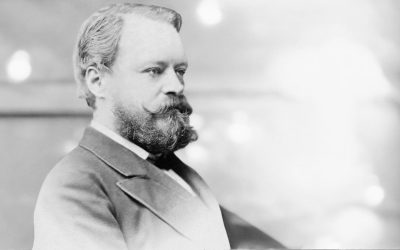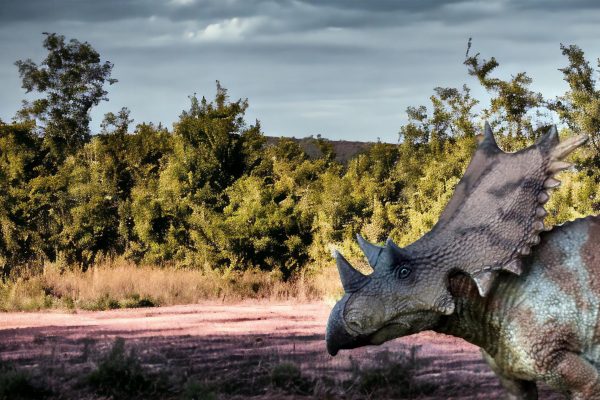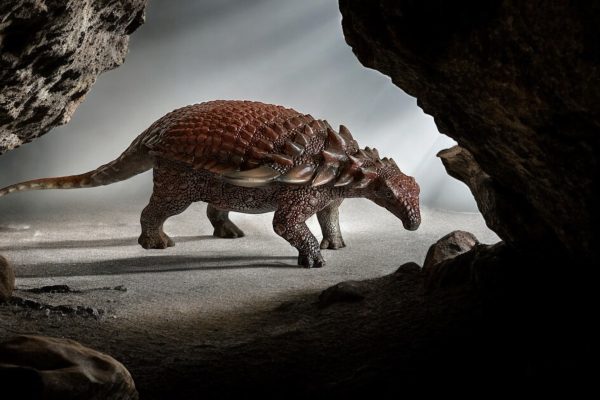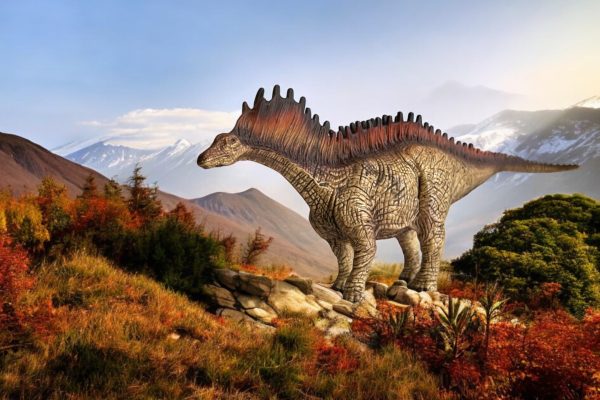
Coelophysis: One of the First Carnivorous Dinosaurs in the World 🌍🔥
One of the First Carnivorous Dinosaurs in the World When talking about the earliest carnivorous dinosaurs, Coelophysis is impossible to ignore. This agile predator lived approximately 228 to 201 million years ago, during the Late Triassic. Famous for its slender build, speed, and intelligence, Coelophysis is one of the earliest known theropods, marking the beginning…












